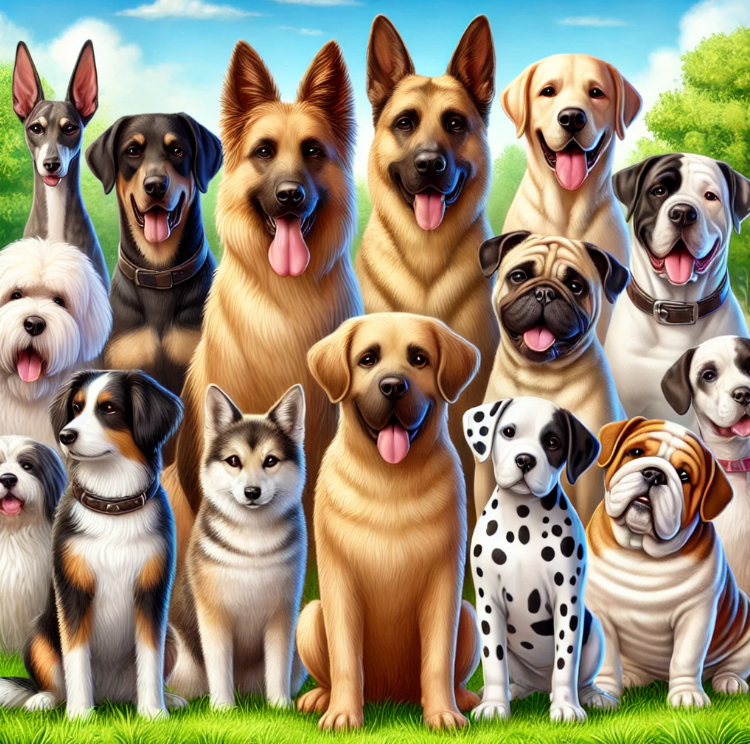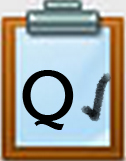Q4 Abstraction: Examples
Examples of ABSTRACTION
Step 1. Review the following examples of abstraction. Have you used these forms of abstraction in your life?
- When you read the back of a book in the library to see what the book is about, that summary of the book is an abstraction. You are not seeing every chapter, sentence, and word. (You would have to read the whole book to do that.) Some information is hidden, but you are still able to get a good idea of what the book is about from the information that is available in the summary.
- Labeling large categories of things is using abstraction. For example, most buildings have walls, roofs, doors, and windows. Even though they all look different in size, color, style, and feature, we can ignore all those many details and still know that they are buildings. We are abstracting out the important information we need to put them in this category and leaving out all of the unnecessary detail.
- Labeling large categories of animals is another way to use abstraction. For example, there are so many different breeds of dogs! Do you or your friends or family have a dog? We know that all dogs look different. Some are very large, and some are tiny. Some are fluffy and some are sleek. We do not need all the details about all types of dogs to know a dog when we see one. If we see a breed of dog we have never seen before, we will still know it is a dog. How? Abstraction. Our brains use the knowledge of the characteristics that all dogs share to tell us all we need to know to identify a dog. (Same with cats, horses, etc.)
- Imagine that thousands of people took a survey that asked them to select their favorite ice cream flavor. After they all took the survey, their answers were compiled into a colorful bar graph. The graph does not show each individual answer and each person who took the survey – that information is hidden. It does show the relevant information about how popular each flavor is.
Step 2. Reflecting on the four examples you just reviewed, think about your real-world use of abstraction. Jot down at least two of your examples and be ready to share with a partner or the class based on instructions from your teacher.
Step 3. Think about a fill-in-the-blank sentence. If you were to have your classmates fill in the blanks, most likely you would get a wide range of answers. So, the blank spaces are the hidden information. For example: I have ______ blue ______.
- The sentence would have a common language with I, hand, and blue being the same in every sentence, but the blanks are the information that may be different for each person filling in the blanks.
- This same idea holds with computer science. The person programming has to decide what to include and what to leave out based on choices the person using the program has to make.

Competencies & Standards
MITECS Michigan Integrated Technology Competencies for Students, and
5. Computational Thinker
a. Students formulate problem definitions suited for technology-assisted methods such as data analysis, abstract models and algorithmic thinking in exploring and finding solutions
b. Students collect data or identify relevant data sets, use digital tools to analyze them, and represent data in various ways to facilitate problem-solving and decision-making
Websites and Documents
No Websites or Documents on this Page




